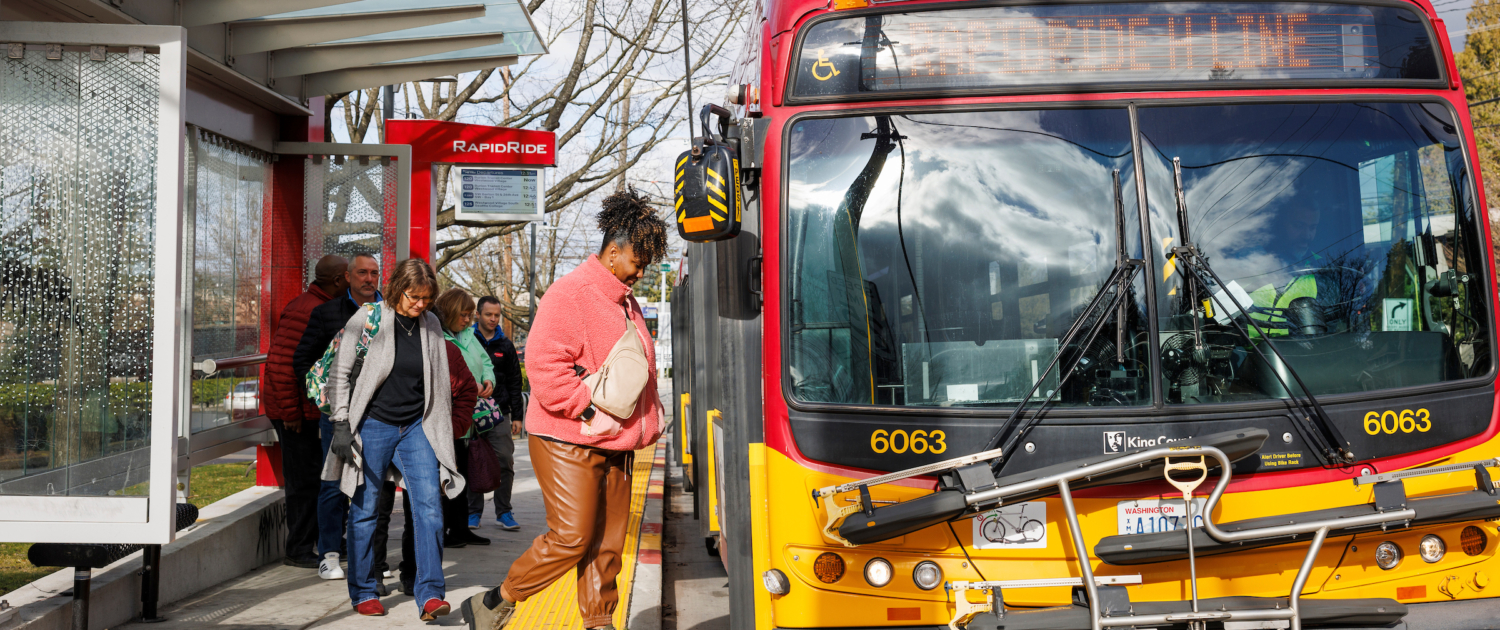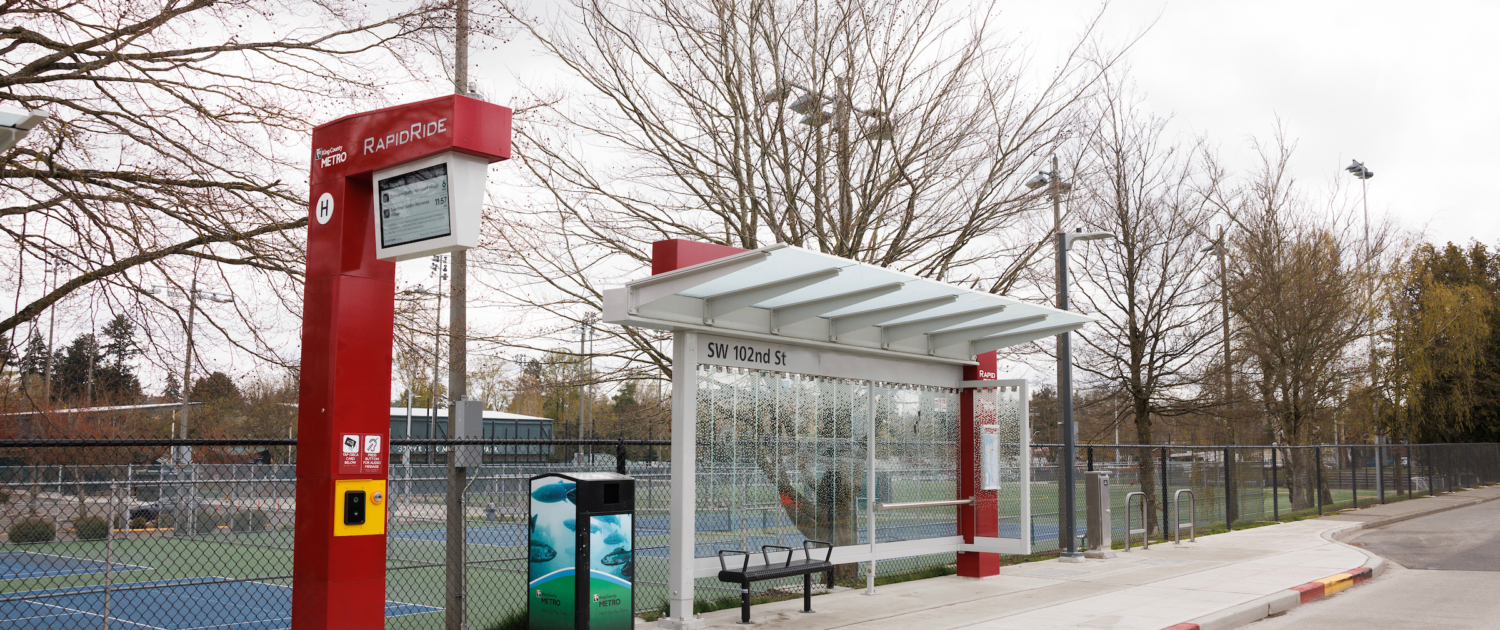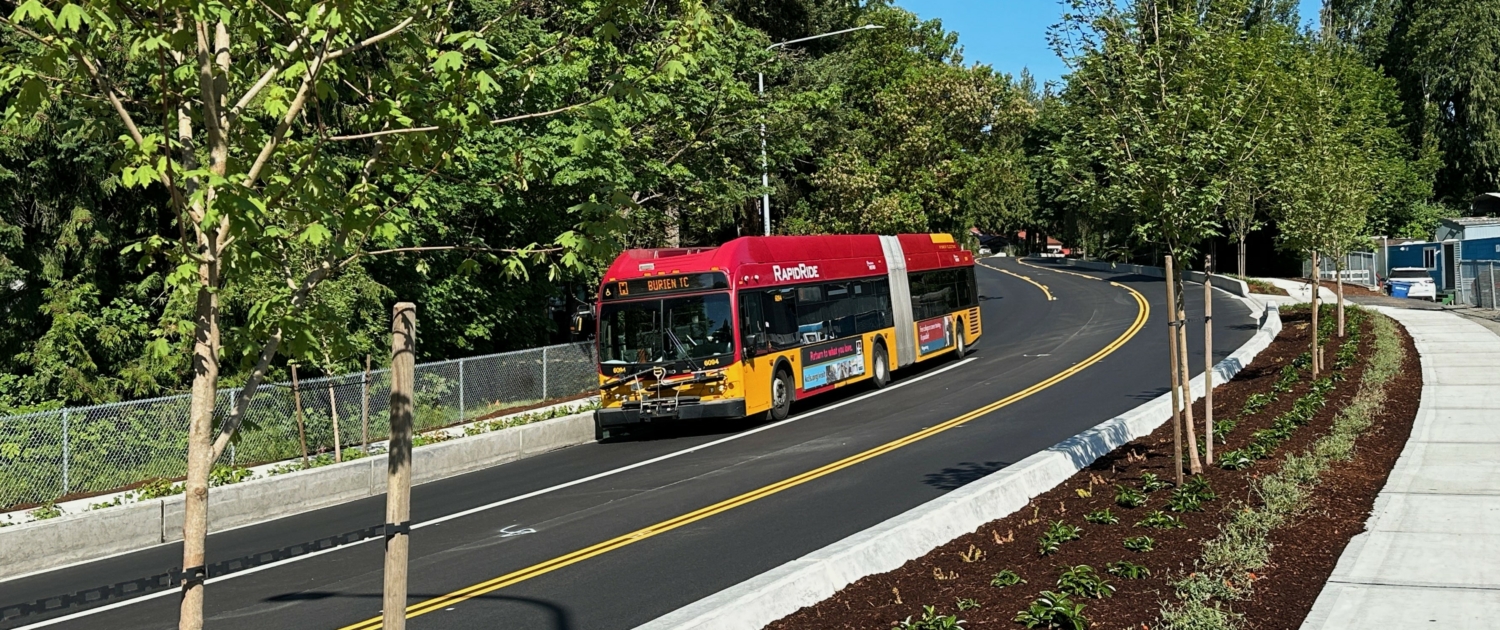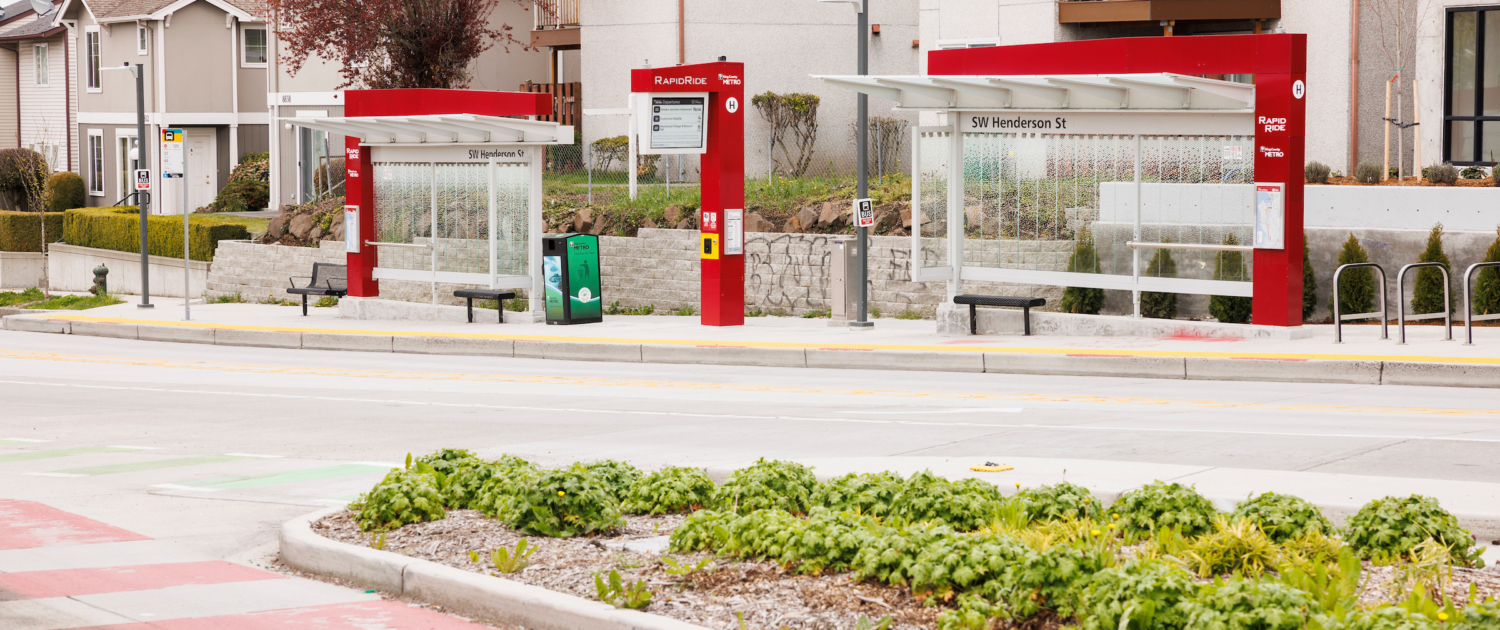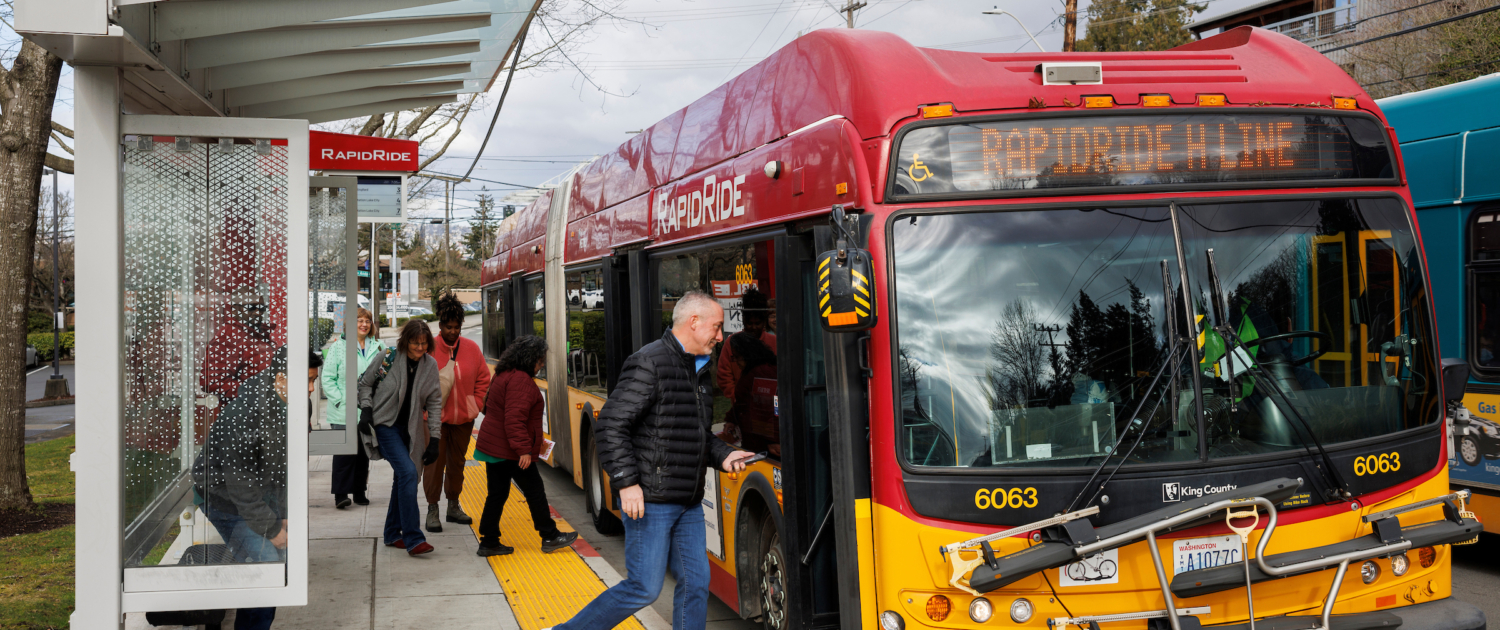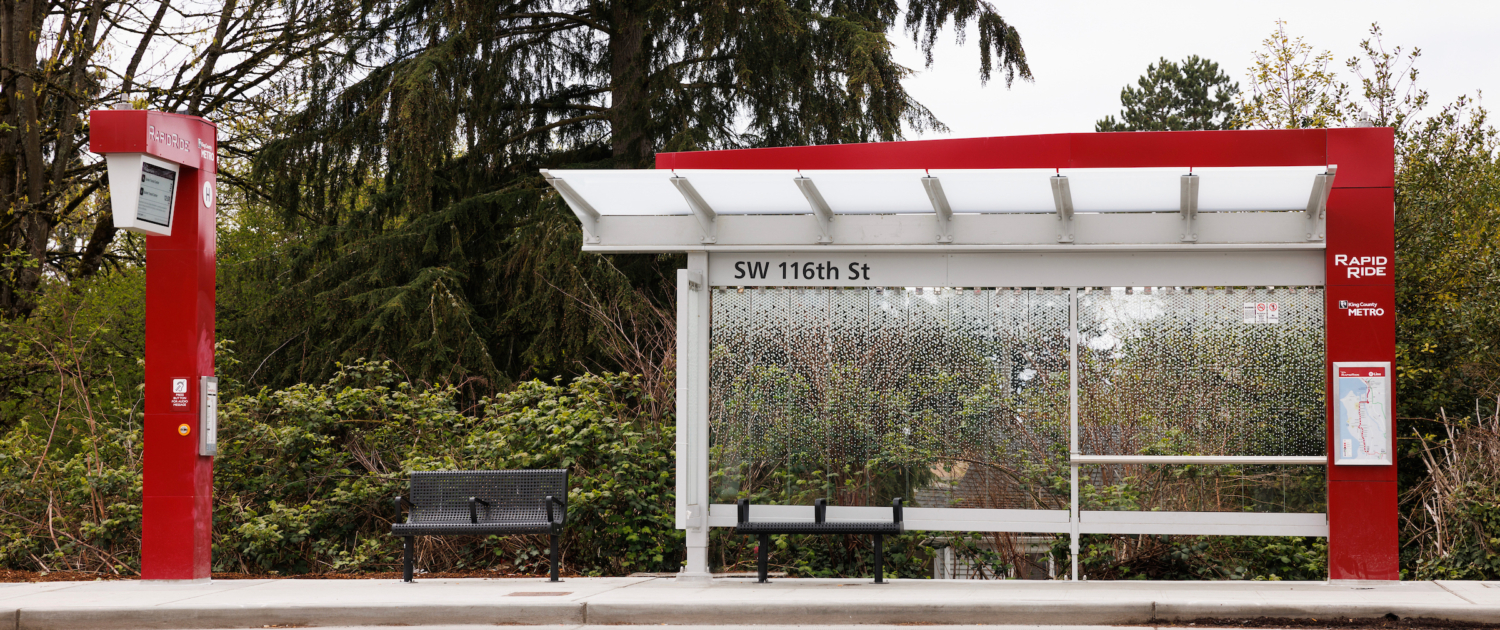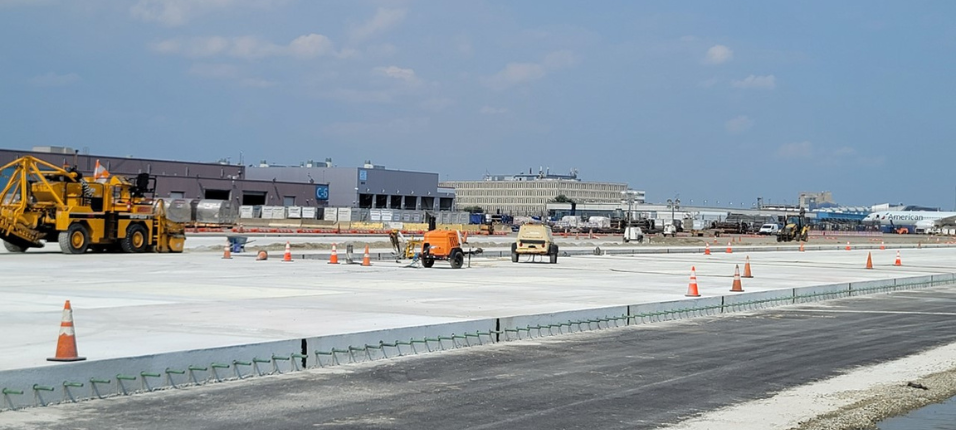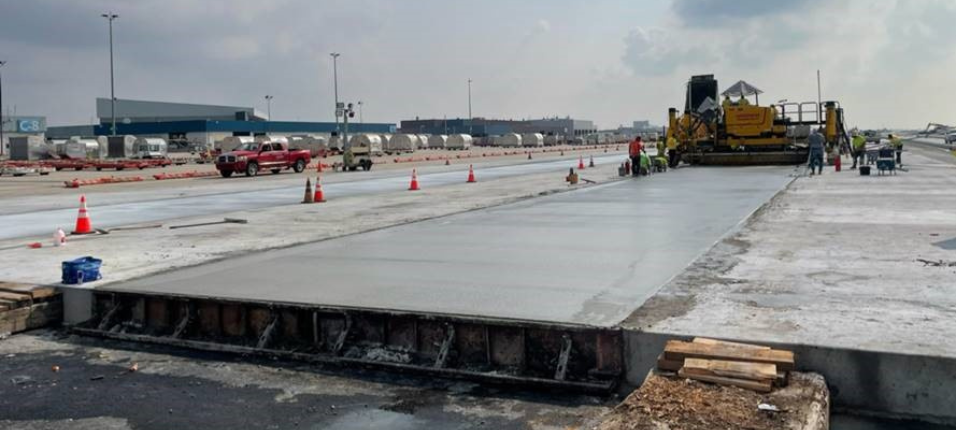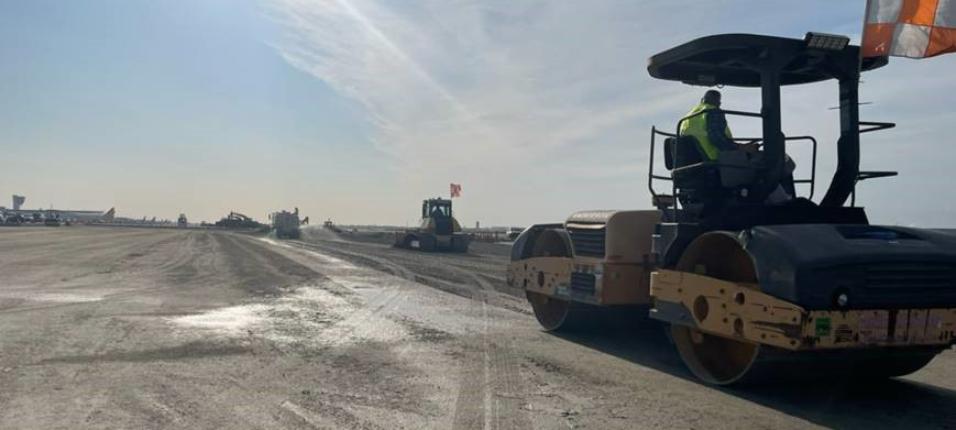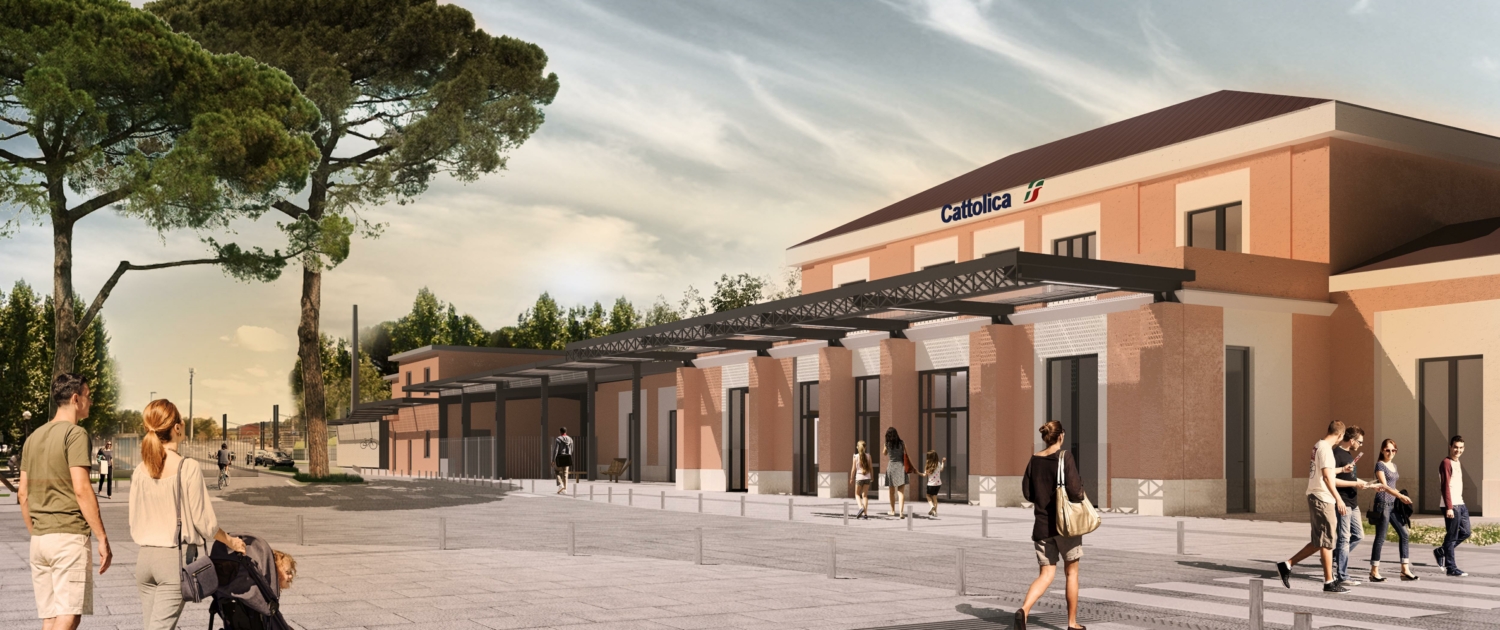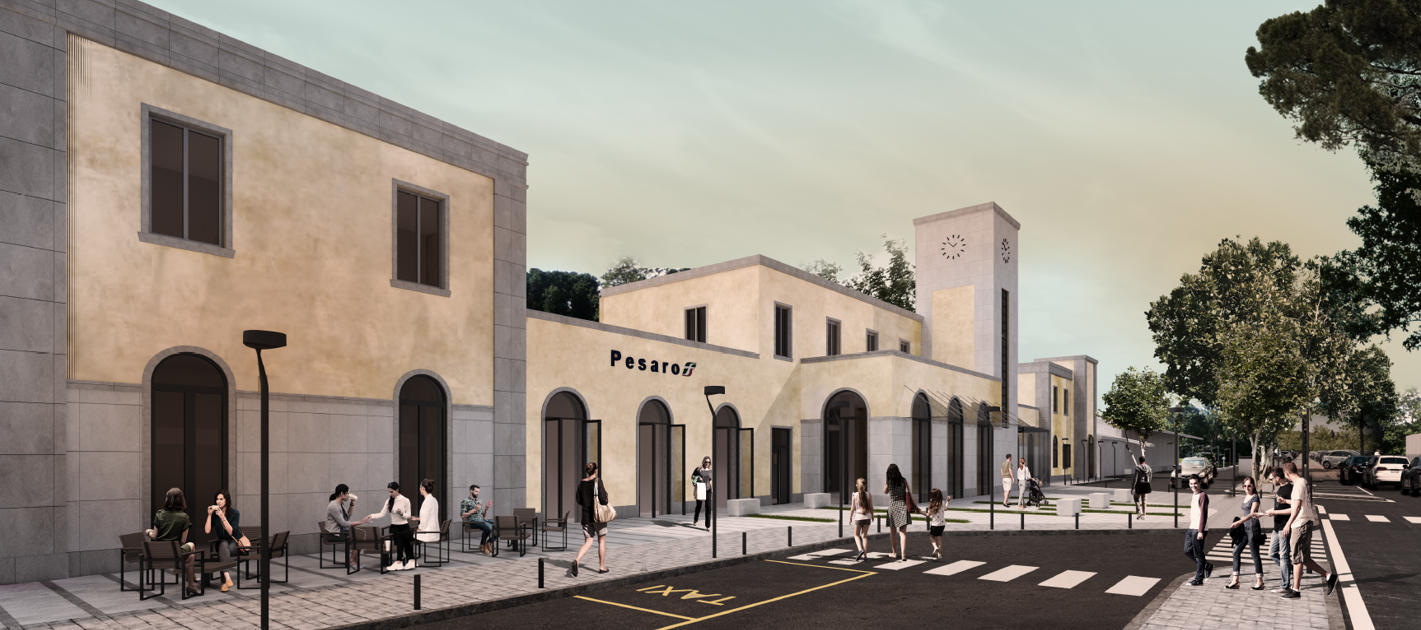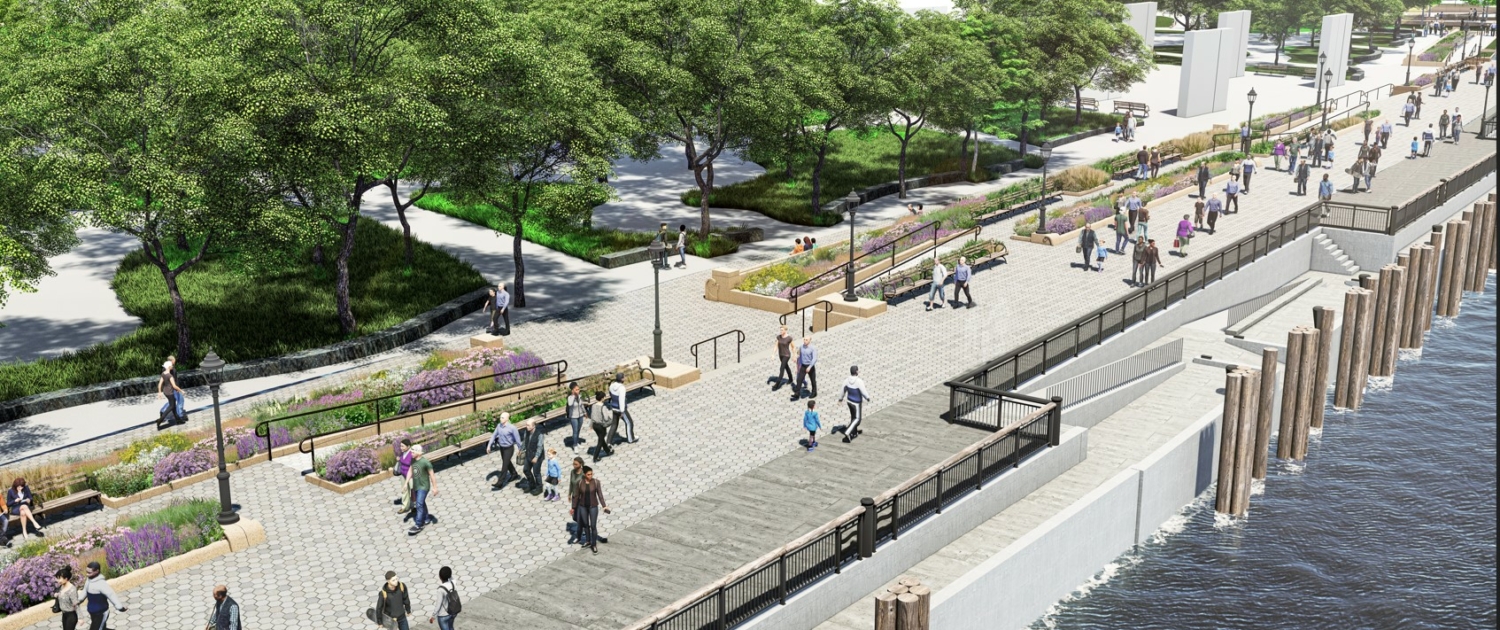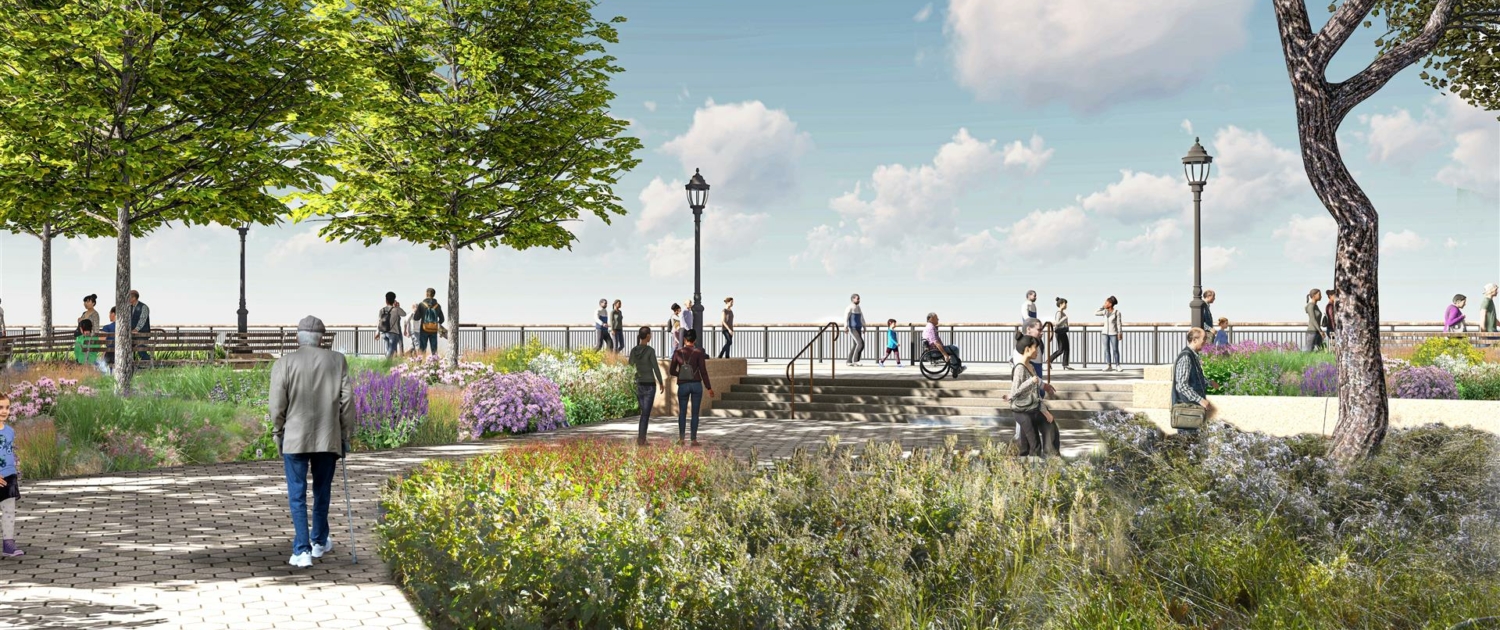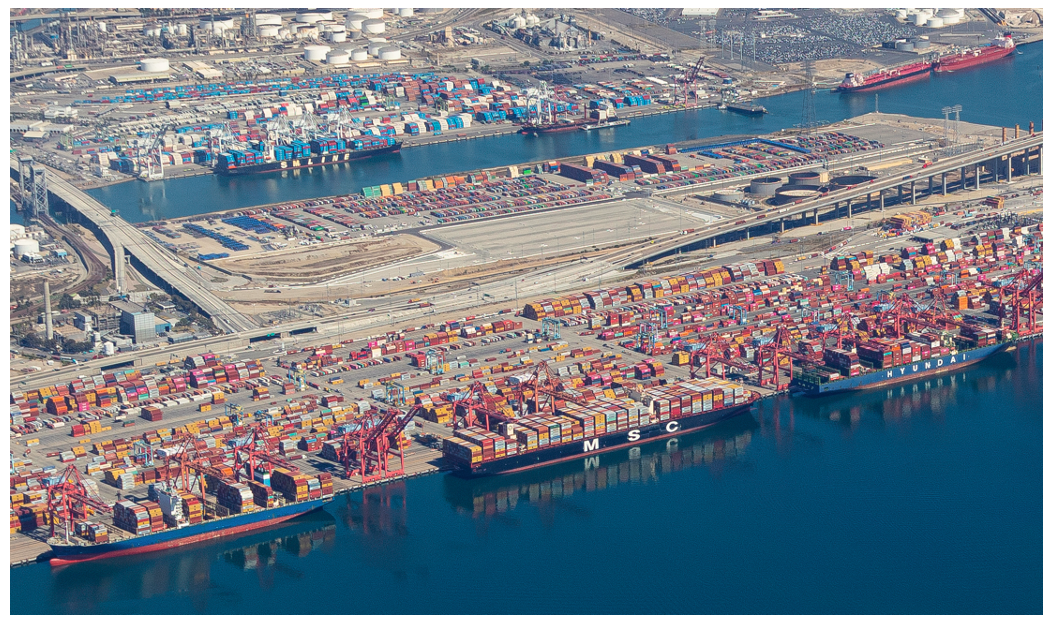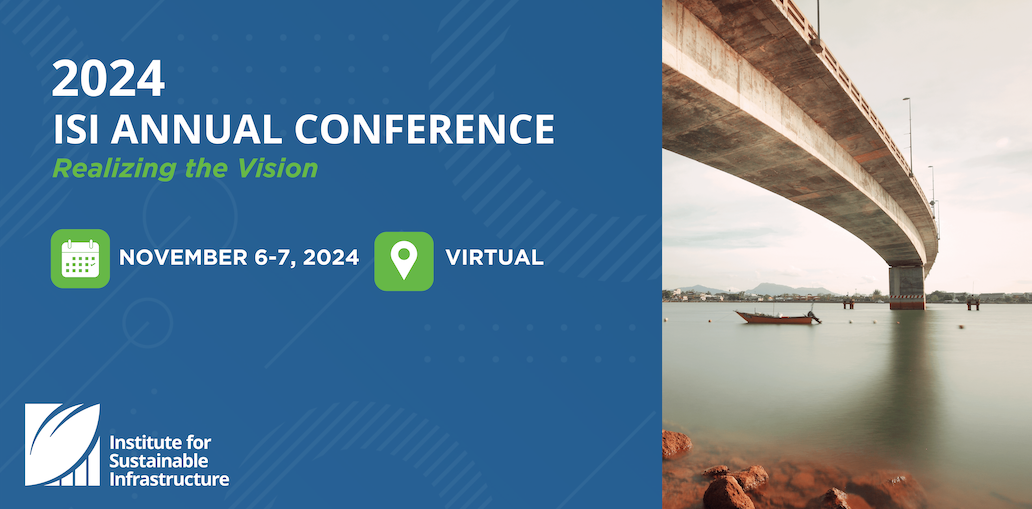(Spanish translation follows)
ISI Announces Partnership with CCCS to Grow Envision Use in Colombia
Washington, D.C. and Bogotá – The Institute for Sustainable Infrastructure (ISI) is pleased to announce a new partnership with Consejo Colombiano de Construcción Sostenible (CCCS, the Colombia Green Building Council) to bring the Envision framework and rating system to Colombia. This collaboration aims to encourage professionals working in Colombia’s A/E/C industry to use Envision to plan, design, and deliver sustainable and resilient infrastructure projects that support the long-term health and well-being of their communities.
“The Colombia Green Building Council represents Colombia’s top talent in sustainable design and construction, and we’re so excited to partner with them to focus that expertise on the country’s infrastructure projects,” says Anthony Kane, ISI President & CEO. “This is an ideal partnership with amazing potential to build on the region’s existing momentum for sustainable development.”
Since 2008, CCCS has been leading the transformation toward sustainable environments in Colombia. Supported by a network of over 170 active members throughout the country, their specialized team has consolidated important international alliances, trained thousands of specialists, executed hundreds of comprehensive sustainability projects, and led public policy efforts. This work has effectively established CCCS as a technical reference and leader in Colombia for sustainable development.
CCCS has significantly influenced the use of the LEED framework throughout Colombia over the last 15 years, solidifying it as one of the top international markets for LEED projects. Building on this already impressive capacity for guiding green construction, CCCS is now looking to expand its influence into infrastructure projects. Through partnering with ISI, CCCS is excited to introduce Envision as the first tool to guide sustainable infrastructure development in Colombia and aims to further integrate sustainability as a fundamental element of urban planning and design in the region. With Colombia’s growing emphasis on transportation projects (especially roadways), CCCS is encouraged by the great potential for positive impact in this sector through the application of Envision.
“The main objective of a strategic partnership between the Colombia Green Building Council and ISI is to foster sustainable and resilient infrastructure in Colombia,” remarked Angelica Ospina, Executive Director of CCCS. “Together, we are committed to establishing Envision as a leading tool for reaching our organization’s impact goals, and to helping our government and A/E/C partners develop robust, long-term business models for resiliency in our country.”
ISI was founded in 2010 by the American Society of Civil Engineers (ASCE), the American Public Works Association (APWA), and the American Council of Engineering Companies (ACEC) to support the development of a guide for sustainable infrastructure. In collaboration with the then Zofnass Program for Sustainable Infrastructure at the Harvard University Graduate School of Design, ISI integrated the best of industry experience with cutting-edge academic research to produce the Envision framework and rating system. Envision now serves as a common guidance tool for infrastructure owners, engineers, designers, architects, planners, contractors, operators, and other stakeholders in the early planning and design stages of infrastructure development. To date, more than 9,000 individuals around the globe have earned the Envision Sustainability Professional (ENV SP) credential, and more than 160 projects have been verified by the Envision framework.
CCCS will highlight this new collaboration with ISI at their annual event, XV Edición de Construverde 2024, hosted in Bogotá from June 20–21. At this conference, CCCS will introduce their members to the Envision framework, while providing opportunities for further education and networking focused on sustainable development. The event will close with a specialized Envision training workshop on June 22 to help launch the ENV SP community in Colombia, and several other Envision webinars will be offered later in the year to support additional Envision credentialing and verification. ISI and CCCS are thrilled to embark on this alliance to ensure more sustainable, resilient, and prosperous communities in Colombia and worldwide.
To learn more about CCCS, please visit https://www.cccs.org.co/
ISI anuncia asociación con CCCS para aumentar el uso de Envision en Colombia
Washington, D.C. y Bogotá – El Instituto de Infraestructura Sostenible (“ISI”, por sus siglas en inglés) se complace en anunciar una nueva asociación con el Consejo Colombiano de Construcción Sostenible (CCCS, también conocido como el Colombian Green Building Council) para introducir el marco y el sistema de calificación Envision en Colombia. Esta colaboración tiene como objetivo alentar a los profesionales que trabajan en la industria A/E/C de Colombia a utilizar el marco Envision para planificar, diseñar y construir proyectos de infraestructura sostenibles y resilientes que respalden la salud y el bienestar a largo plazo de sus comunidades.
“El CCCS representa el mejor talento de Colombia en diseño y construcción sostenible, y estamos muy emocionados de asociarnos con ellos para enfocar esas habilidades en los proyectos de infraestructura del país”, dice Anthony Kane, presidente y director ejecutivo del ISI. “Esta es una asociación ideal con un potencial increíble para aprovechar el impulso existente en la región para el desarrollo sostenible”.
Desde 2008, el CCCS lidera la transformación hacia entornos sostenibles en Colombia. Respaldados por una red de más de 170 miembros activos en todo el país, su equipo especializado ha consolidado importantes alianzas internacionales, capacitado a miles de especialistas, ejecutado cientos de proyectos integrales de sostenibilidad y liderado esfuerzos de política pública. Este trabajo ha establecido efectivamente al CCCS como un referente técnico y líder en Colombia para el desarrollo sostenible.
El CCCS ha influenciado significativamente en el uso del sistema de certificación LEED en toda Colombia durante los últimos 15 años, consolidándolo como uno de los principales mercados internacionales para proyectos LEED. Aprovechando esta ya impresionante capacidad para guiar la construcción sostenible, el CCCS ahora busca expandir su influencia en proyectos de infraestructura. A través de su asociación con el ISI, el CCCS se complace en introducir a Envision como la primera herramienta para guiar el desarrollo de infraestructura sostenible en Colombia y apunta a integrar aún más la sostenibilidad como un elemento fundamental de la planificación y el diseño urbano en la región. Con el creciente énfasis de Colombia en proyectos de transporte (especialmente carreteras), el CCCS se siente alentado por el gran potencial de impacto positivo en este sector a través de la aplicación del marco Envision.
“El principal objetivo de una asociación estratégica entre el Colombia Green Building Council y el ISI es fomentar la infraestructura sostenible y resiliente en Colombia”, comentó Angélica Ospina, Directora Ejecutiva de el CCCS. “Juntos, estamos comprometidos a establecer Envision como una herramienta líder para alcanzar los objetivos de impacto de nuestra organización y para ayudar a nuestro gobierno y socios A/E/C a desarrollar modelos de negocio robustos y de largo plazo para la resiliencia en nuestro país”.
El ISI fue fundado en 2010 por la Sociedad Estadounidense de Ingenieros Civiles (“ASCE”, por sus siglas en inglés), la Asociación Estadounidense de Obras Públicas (“APWA”, por sus siglas en inglés) y el Consejo Estadounidense de Empresas de Ingeniería (“ACEC”, por sus siglas en inglés) para apoyar el desarrollo de una guía para infraestructura sostenible. En colaboración con el entonces Programa Zofnass para Infraestructura Sostenible de la Escuela de Graduada de Diseño de la Universidad de Harvard, el ISI integró lo mejor de la experiencia de la industria con investigaciones académicas de vanguardia para producir el marco y el sistema de calificación Envision. Envision ahora sirve como una herramienta de orientación común para propietarios de infraestructura, ingenieros, diseñadores, arquitectos, planificadores, contratistas, operadores y otras partes interesadas en las primeras etapas de planificación y diseño de infraestructuras. Hasta la fecha, más de 9000 personas en todo el mundo han obtenido la credencial Experto en Sostenibilidad Envision (“ENV SP” por sus siglas en inglés, que se refieren a “Envision Sustainability Professional”) y más de 160 proyectos han sido verificados con el marco Envision.
El CCCS destacará esta nueva colaboración con ISI en su evento anual, XV Edición de Construverde 2024, que se celebrará en Bogotá del 20 al 21 de junio. En esta conferencia, el CCCS presentará a sus miembros el marco Envision, al mismo tiempo que brindará oportunidades para la educación avanzada y la creación de redes profesionales centradas en el desarrollo sostenible. El evento concluirá con un taller de formación especializada en Envision el 22 de junio para ayudar a impulsar la creación de la comunidad ENV SP en Colombia, y más adelante en el año, se ofrecerán diversos seminarios en línea para respaldar el proceso de formación y verificación en el uso de Envision. El ISI y el CCCS inician esta alianza con gran entusiasmo para garantizar comunidades más sostenibles, resilientes y prósperas en Colombia y en todo el mundo.
Para conocer más sobre el CCCS, por favor visite https://www.cccs.org.co/
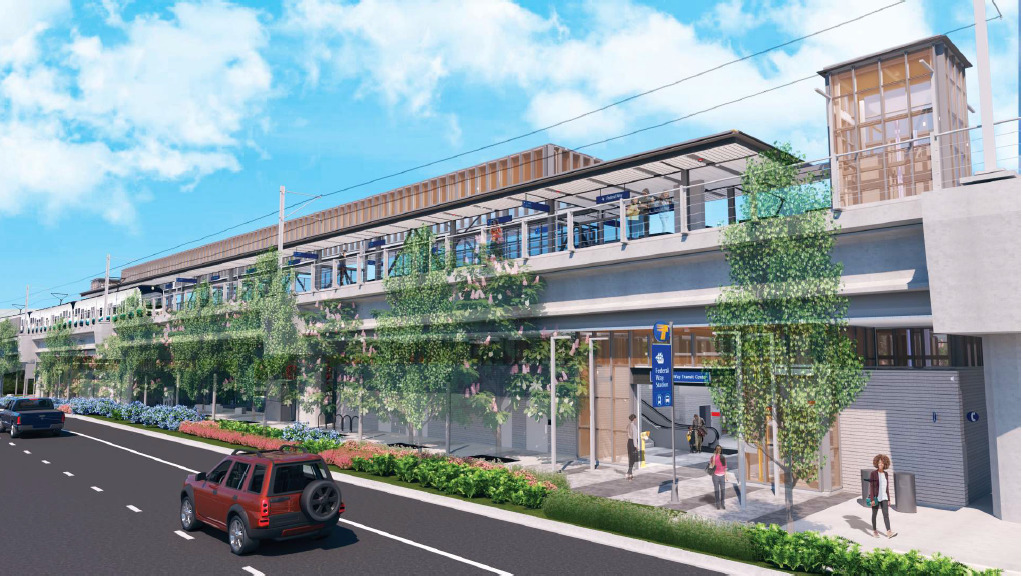 Project expands light rail from Seattle-Tacoma International Airport to Des Moines, Kent, and Federal Way
Project expands light rail from Seattle-Tacoma International Airport to Des Moines, Kent, and Federal Way
